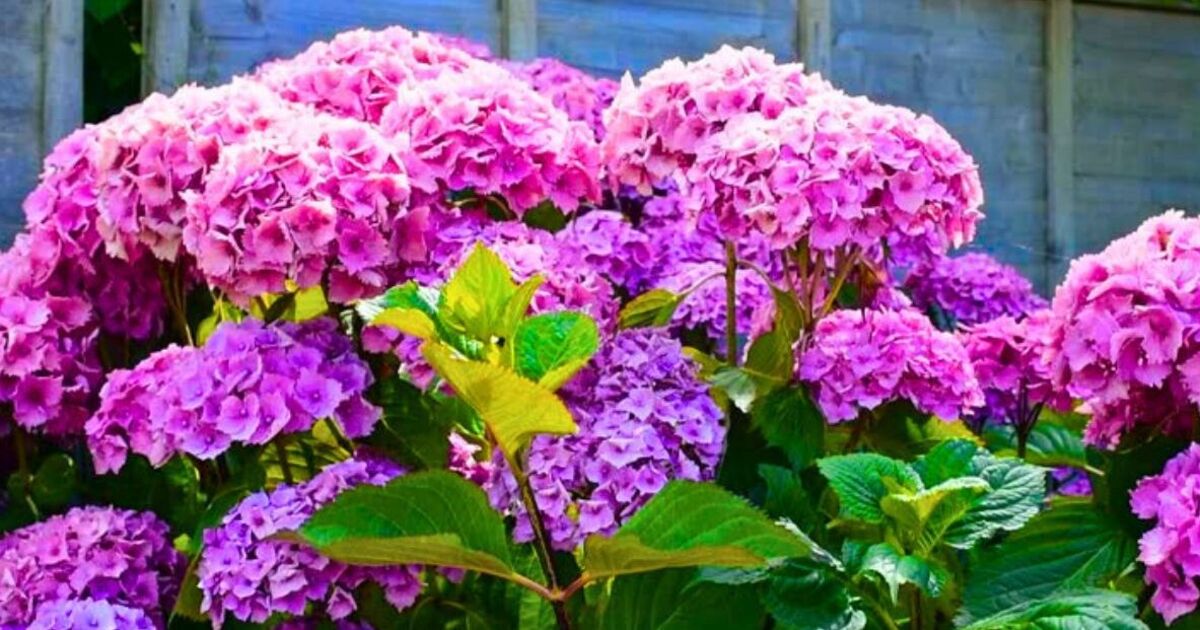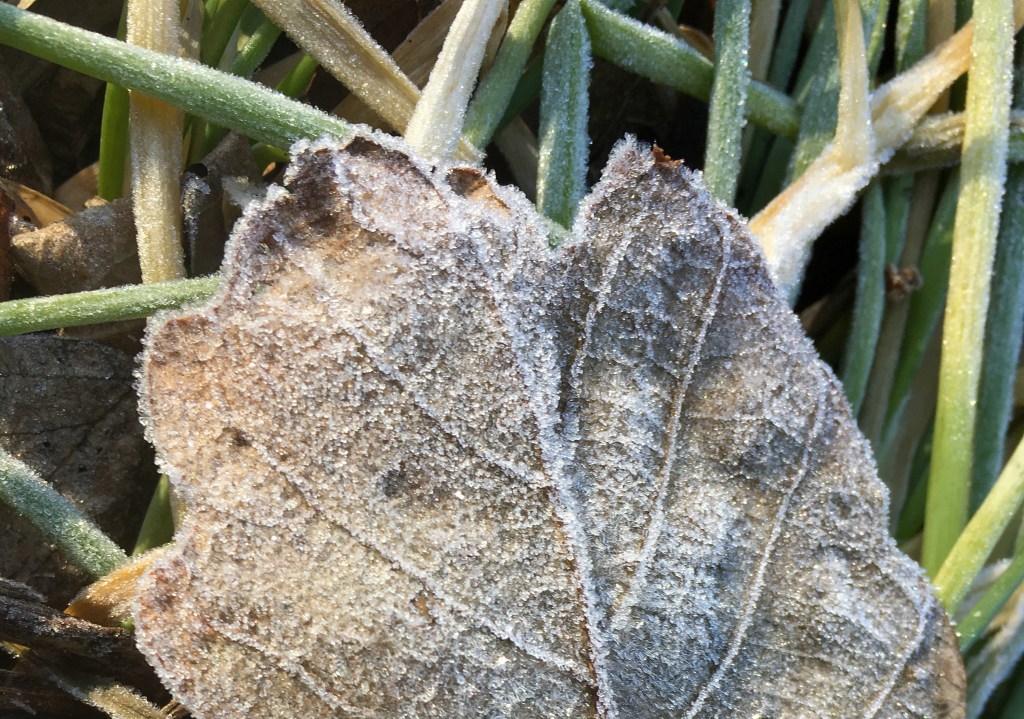Many may not know that autumn is an excellent season for cultivating flowers in the garden, especially when considering the beautiful and unique hydrangeas. With the weather being colder yet stable, it provides optimal conditions for these plants to grow. However, the trick to raising healthy hydrangeas comes down to the correct positioning in your garden.
Autumn weather is generally temperate with consistent rain, lavish luxuries for newly planted hydrangeas. Such conditions allow them to concentrate on root development, resulting in stronger and larger plants that withstand various environmental threats comfortably.
According to Louise Findlay-Wilson, who is a seasoned gardening expert, hydrangeas thrive well in dappled shade, meaning that the spot where you plant them must neither be too sunny nor too shady. The rule of thumb, as the experts claim, is to avoid spots that are south-facing, particularly if the soil tends to be dry.
However, there are always exceptions and ingenious solutions to circumvent such rules. For instance, one can grow hydrangeas under a line of small trees so that, even if they are south-facing, the overhead trees will provide some extent of shade during the summer.
Furthermore, you should align your flowers to prefer the soft morning sun as opposed to the harsh midday sun, which could likely wilt or scorch the leaves. This requirement makes east-facing flower beds an ideal choice for hydrangeas. Here, the flowers will avoid the heat’s peak period while receiving plenty of morning sunlight.
Interestingly, several types of hydrangeas also produce better blooms when planted in shady northern regions of the garden. For instance, Hydrangea Petiolaris is an excellent choice if you have a spot in deep shade, such as a north-facing wall. This variety thrives differently, actively growing in deep shade. It might take a couple of years for this variant to establish itself, but once it does, it tends to flourish without much fuss. Its creamy flowers offer an appealing sight, significantly brightening gloomy spots.
Winter is rapidly approaching, so it’s crucial to plant your hydrangeas where they’ll be protected from harsh freezing temperatures, like behind a low wall or fence. Open spaces or south-facing flower beds, in general, are quite susceptible to the frigid gusts of wind and should be avoided.
Interestingly, growing hydrangeas under trees or near a home or fence can optimize their growth due to the possibility of heat retention during the day and minimal temperature fluctuations. Regularly fluctuating temperatures during winter are one of the common reasons for plant death, particularly for hydrangeas, which are more likely to maintain a stable temperature in a shaded area.
The renowned expert, Louise, warns that hydrangeas tend to suffer from frost damage in spring when they’re newly planted. She cautioned against planting them in areas that are frequently frosted and added that the plants should be shielded from strong winds.
By carefully choosing the optimal spot in your garden, you not only help your hydrangeas to flourish larger and brighter flowers but also protect the older ones from the windy winter weather. So, remember, when it’s about hydrangea gardening, it’s all about the right place in your backyard.




